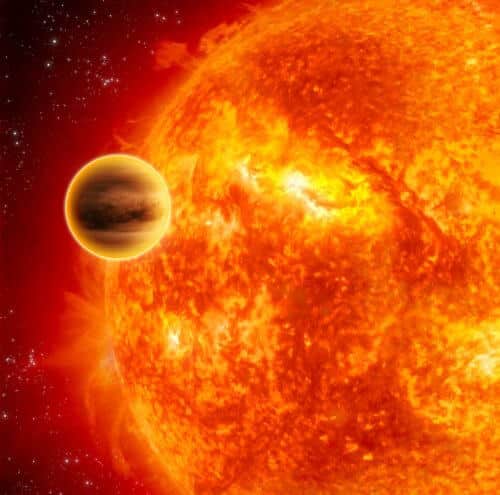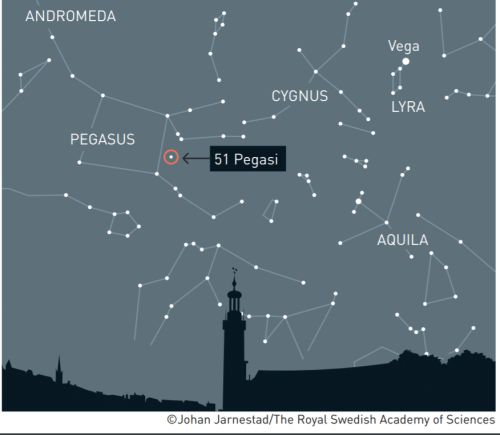Says Prof. Zvi Maza from the School of Physics and Astronomy at Tel Aviv University, and his colleague Mayur and Didia Kilo who jointly won half of the 2019 Nobel Prize in Physics in an interview with the Hidan website.

"The unique device built by the Nobel laureate Michel Maior to locate planets advanced us by giving us our place in the universe." Says Prof. Zvi Maza from the School of Physics and Astronomy at Tel Aviv University, and his colleague Mayur and Didia Kilo who jointly won half of the 2019 Nobel Prize in Physics in an interview with the Hidan website.
"I worked with Prof. Mayur even before the discovery, and among other things I was among those who suggested that he search for planets outside the solar system.. He built the only device in the world at the time that led in 95 to the discovery of the first planet outside the solar system. He worked with his PhD student Didier Kilo."
"Mayo is a wonderful person and also a top scientist who excelled in collecting data and building instruments. He gathered around him experts in optics and built a device, which he connected to a telescope that was already outdated in the south of France at the time and began to look for planets. He selected a sample of stars and followed them, trying to detect a change in their brightness when their planet passed between us and them. This is how he discovered Pegasi 51 B which was the first to be discovered. It was a breakthrough that led to an entire industry that has flourished ever since."
"It turns out that a significant percentage of the stars don't know if it's 100 percent or 50 percent, but it doesn't matter, there are planets around them. This is an innovation of the industry that Mayur was a pioneer. "
According to Prof. Maza, he made a similar discovery six years earlier, but the object he discovered was still not recognized as a planet "due to unsolved astrophysical questions." Today, by the way, it is known as a planet. "Then, in 95 Mayur and Kilo published their article, which was a fantastic discovery and without any question marks, and all this with the help of the device that Michel had built, which had a precision that had not been equaled until then.
"It is important to note that all the space telescopes dedicated to the discovery of planets outside the solar system, and Kepler among them, would not have come into the world if not for the discovery of the two winners. It is a fact that human society finds it very rightly appropriate to devote such large resources to the search and characterization of planets."

Historical perspective
"In a certain sense, if you look at it from a historical point of view," says Prof. Mazza, "you see that at first we thought that the Earth was at the center of the universe and all around it were holidays. Copernicus came and said that the sun is in the center and the earth is one of the planets, and then we realized that the sun is not unique and there are billions of suns only In our galaxy and hundreds of billions of galaxies in the universe. And then in 95 it became clear that there was also the error of being a planet around the sun - a cold body that rotates around a burning body that produces energy. This is not unique either. This is the innovation of the new field, another understanding that our place in the universe is not unique."
Will the next step be the discovery of life on planets outside the solar system?
Prof. Maza: The next step is first of all to discover planets that have the conditions to create life with a suitable atmosphere. It may be that the next step will be vivid. Astronomers are making rapid progress and within five years it will be possible to analyze the chemical composition of the atmospheres of planets.
More of the topic in Hayadan:

3 תגובות
I don't understand why such geniuses are not recognized more seriously with their own values
You can do this on the website http://www.geniuses.club
It should be passed on to the universities where they worked to prepare values for them
There is something that spoils your theory. The interview was held in Hebrew. Anyway, I uploaded it quickly, so I proofread as you requested.
It's a shame they don't proofread after using an automatic translation tool like Google Translate